press
For immediate release:
FAAR is proud to invite kaotec []<> (Kasper Jordaens) and his installation Data Intersect Study!
For one weekend only.
Opening + party on Friday 21/10.
- 20:00 installation/exhibition.
- 20:30 data/noise ratio modular liveset
- 21:30 dj Dago

Data intersect study is a research project that aims to create with "found data". Much like found footage movies, the found data is reassembled into new data compositions. Kasper Jordaens writes code to do the search and the cut and paste work for the montages. The result ranges from graphical output to interactive sonifications. The study tries to understand the untold stories behind the data and questions how or why the data was left for finding. The meaning of data can shift dramatically when presented in a different way. To reconnect people to the vast scale of data use, Kasper makes data tangible. Hacking old printers and pen plotters using them as interactive drawing tools that physically dig into data and slowing down data processing back to the human scale. The resulting body of work is presented in an installation where even more of the data will be used and shown in projections during a live performance where the installation itself will play a central role in creating soundscapes that reflect on data capitalism. More info at https://data.kaotec.org/
The installation
Below in it’s previous iteration at Fragments, a group exhibition, it is composed of homebrew electronics and software, permanently taking data in and transforming it looking for an interesting signal/noise ratio

Hardware
I only list some home build hardware here that will have an active part in the installation
Pumpkinmaster3000
Bytebeat explorer, the original. Made from an old control panel, it has an axoloti inside. It was originally made for the vegetable orchestra, hence the name… Bytebeats are fun

Interuniversal noise pipe
This one is also axoloti based, I use it mainly as a filter, but it’s really polymorphic and it can load multiple patches. Plus it has a kickass phone allowing for communication with other universes. The line to other universes is noisy and distorted…

APC - ATARI PUNK CONSOLE
A very well known design. This one has some extras like external controls, powered by an arduino and pure data. It has a selector for capacitors to change the sound, light sensors and a switch to enable/disable the digital interface.
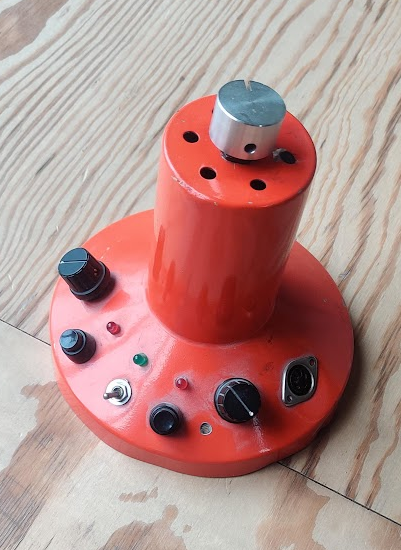
WIP prototype
This might/might not sound like anything you’ve heard off… Work in Progress
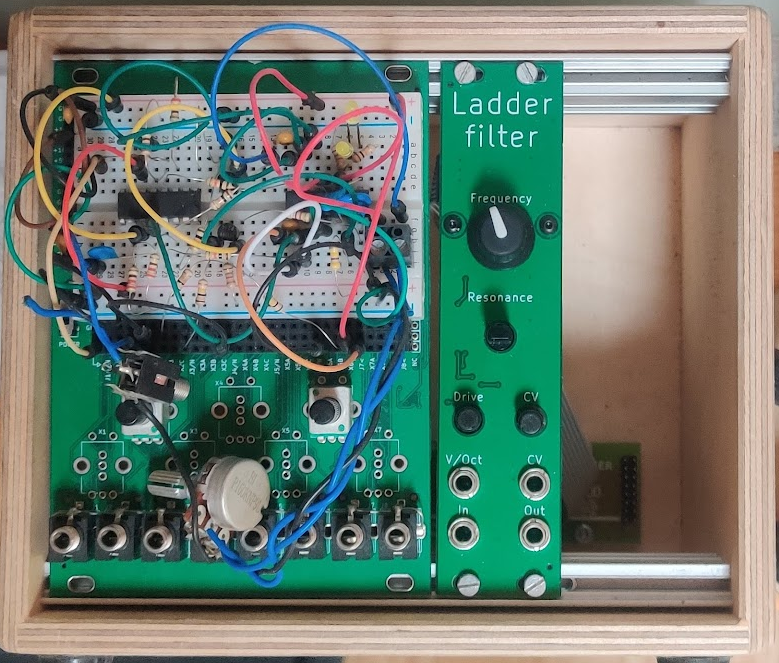
Some technical background
Datasets:
For now 3 datasets are in use. They were downloaded or scraped without using illegal techniques. They can be considered “found data” as no license was imposed, so free to use, even though they contain a lot of private information, the scale at which they are on the open internet makes it public data. I try to be conscious in the outputs by not blatantly enabling abuse or abusing the data myself. I just look for beauty
Facebook Profiles
In April 2021, 533 million Facebook profiles, complete with location, phone number, date of birth, relationship status, etc were left accessible by Meta. A file containing all the data was compiled by anonymous data collectors and made public. It was easy enough to obtain a copy when it was leaked.
Stable Diffusion Prompts
In August 2022, Stability AI released a beta version of the stable diffusion weights to a group of beta testers. These testers could use a discord server to publicly generate images. Over 20 million messages were scraped from the discord servers and put into a database that links these intricate messages and makes them searchable.
Recaptcha words
Words that aren’t words, because they cannot be in a dictionary so no computer knows about them. It’s rare to come across lists of these words- just because of this reason. These words are used to check if you are a robot or not. A turing test so to say, but also a battle that cannot be won. As soon as these words are in a list, they are worthless in this battle. So what use are these meaningless words then? An invention that was so short lived.
Output devices
Printer driver
The main data sources are always ascii text (csv files). Given my fascination with electromechanical devices I looked out for a printer that was open enough to hack and use on a modern operating system so I could use it as a direct output device for the data.
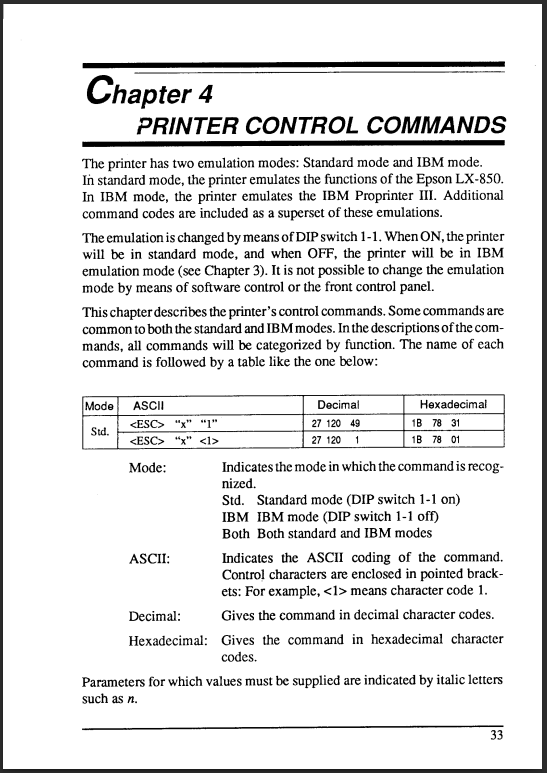
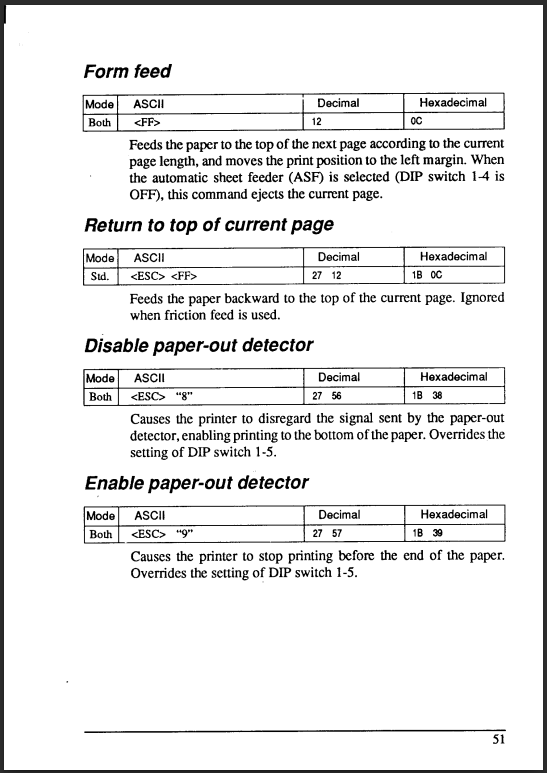
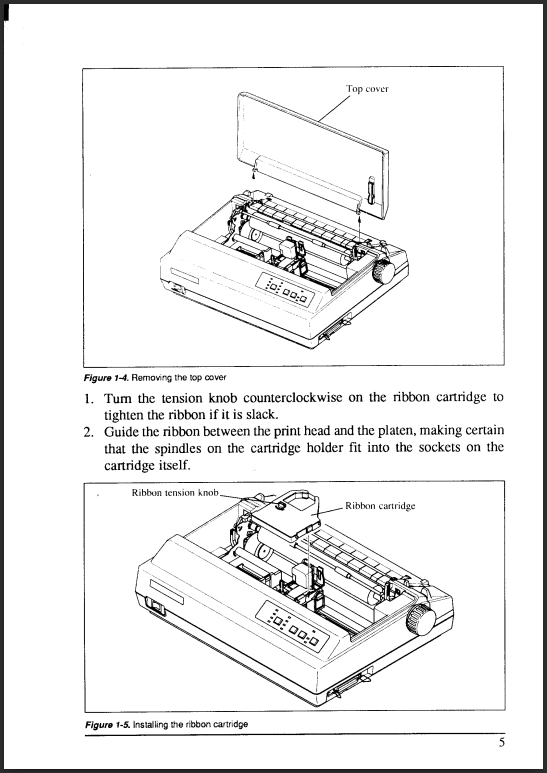
Besides refilling the ribbon (hard to get nowadays) I had to write a new driver for it. The driver generates an SVGs and prints on paper. The same library has functions to generate ASCII art from my input data. Everything is open sourced at the Stardraw github repo.
Screen driver
The same toolset is used to push text to the screen. This is intended to be used in the installation context. It adapts to the terminal screen size and can be run on RPi computers
